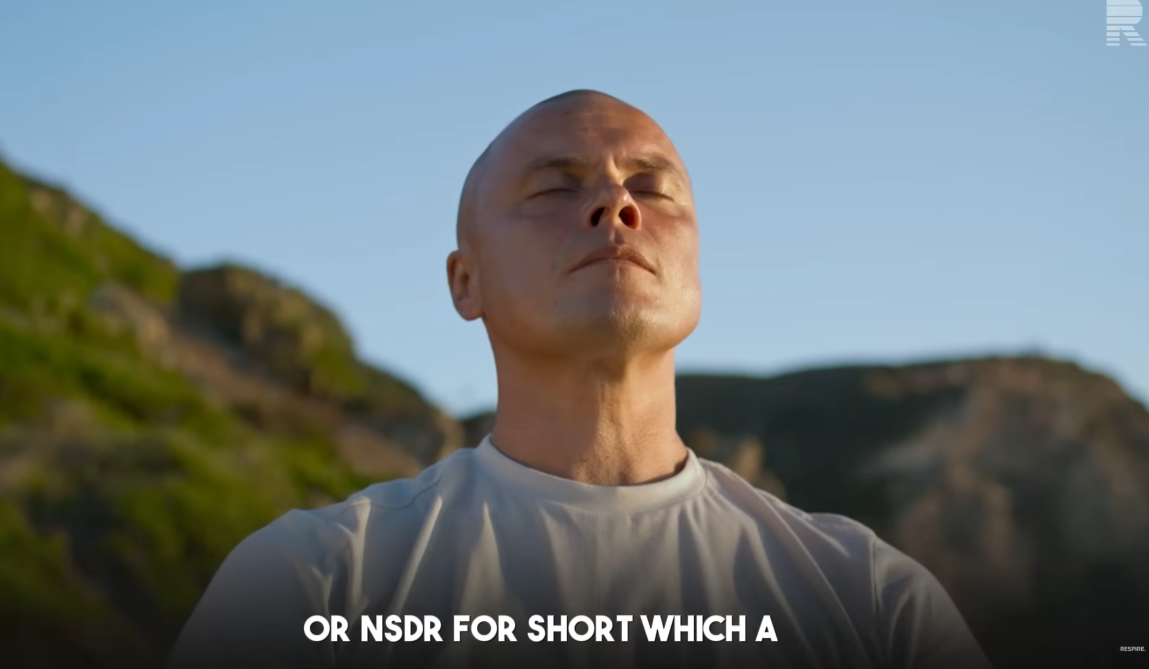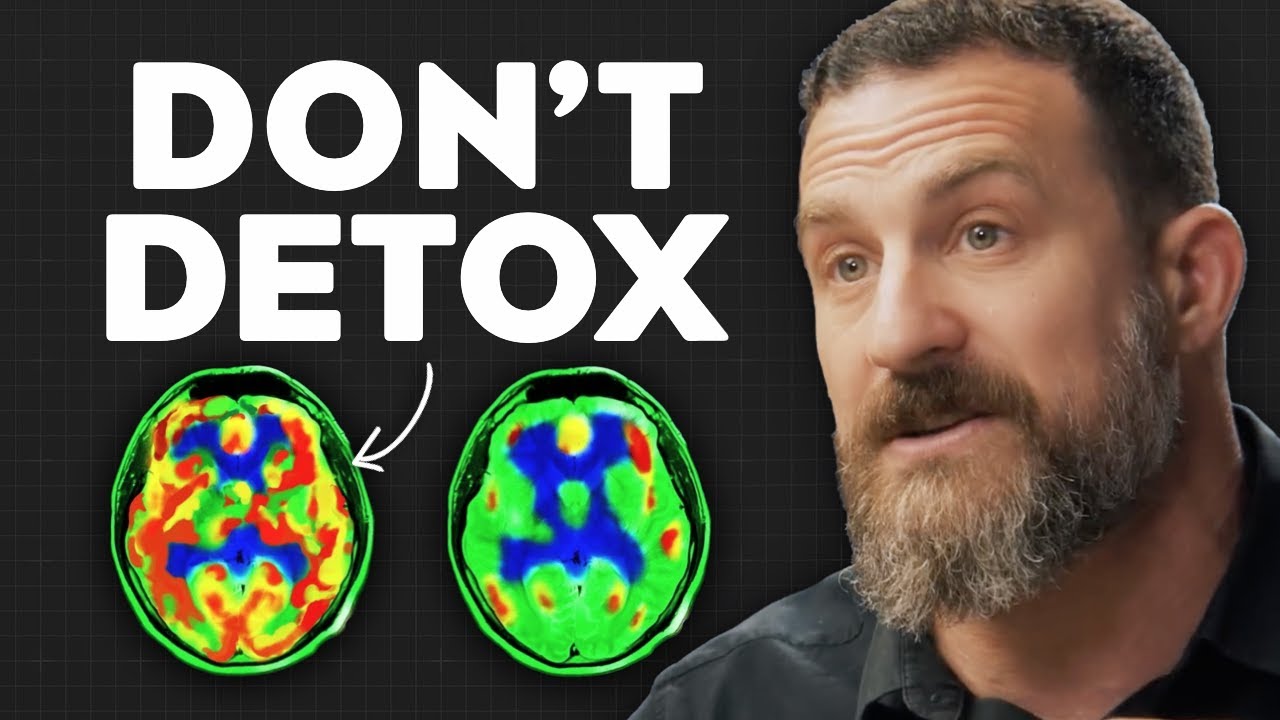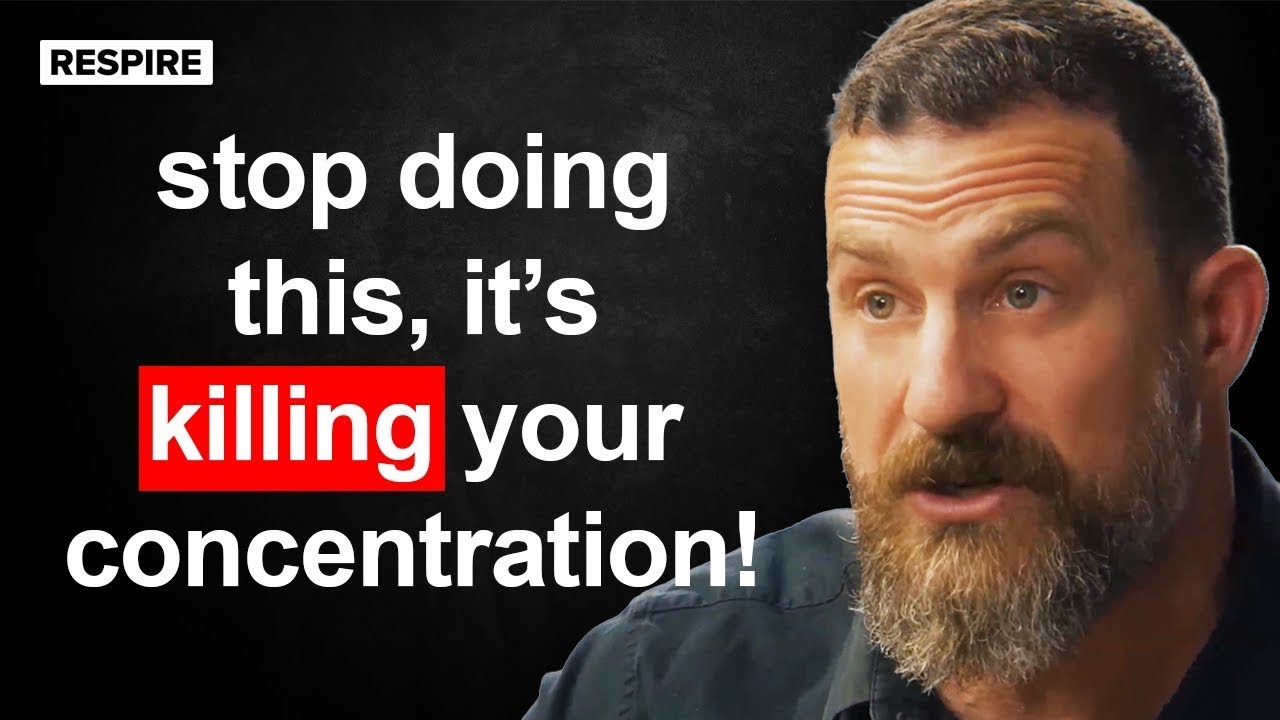In today’s fast-paced digital world, where gratification is just a click away, understanding dopamine—the brain’s key molecule for motivation and reward—is more crucial than ever. But not all dopamine is created equal. The way we earn it matters deeply for our long-term mental health, motivation, and even how we learn.
As a nutritionist and chef focused on optimizing both physical and mental performance, I’ve spent over two decades helping people understand how their brains and bodies work together. Dopamine sits at the crossroads of effort, reward, and lasting transformation—and harnessing it the right way can literally change your life.
Let’s explore what makes dopamine such a powerful tool, how modern habits hijack it, and what you can do nutritionally, behaviorally, and cognitively to support it in a healthy, sustainable way.

What Exactly Is Dopamine?
Dopamine is often misunderstood as just the “pleasure chemical,” but that’s only part of the story. It’s more accurately described as the brain’s motivation and pursuit signal. It’s what drives us toward rewards—whether that’s finishing a workout, solving a problem, or escaping discomfort.
Importantly, dopamine is released in anticipation of reward, not just when we receive it. This makes it deeply linked to goal-setting, persistence, and learning. In fact, dopamine plays different roles depending on where it’s released in the brain—from regulating movement in the motor cortex to triggering focus and drive in the mesolimbic “reward” system (which includes the ventral tegmental area and nucleus accumbens).

Why Dopamine Earned Through Effort Is Better for You
When we work hard for something—whether it’s studying, exercising, or even enduring a cold shower—our brains release dopamine in a controlled, upward arc. This effort-driven dopamine supports healthy motivation, builds resilience, and teaches the brain to associate challenge with reward.
This kind of gradual dopamine release is like a long, steady fire—it keeps you going, improves focus, and reinforces positive habits. Over time, this strengthens neural circuits related to motivation and self-discipline.
On the other hand, instant gratification—think scrolling social media or using addictive substances—causes massive, unnatural spikes in dopamine. These artificial peaks not only desensitize the brain’s receptors but can crash your baseline dopamine levels, leaving you less motivated over time. You feel more bored, more distracted, and less driven.
Modern Life and the Dopamine Dilemma
We live in a dopamine-saturated world. Notifications, fast food, flashy videos, ultra-processed snacks—they’re designed to give us instant “dopamine hits” without requiring any real effort. The problem? These hits train the brain to expect rewards without action. Over time, even meaningful tasks like reading, working, or exercising can feel dull by comparison.
From a neuroscience perspective, the brain doesn’t label activities as “fun” or “boring”—it responds to the relative intensity of neural stimulation. When we constantly overstimulate our dopamine pathways, we downregulate the receptors, making normal life feel underwhelming.
If you’ve ever wondered why it’s hard to focus on a book after binge-watching a show, now you know.

How to Recalibrate Your Dopamine System Naturally
Thankfully, we can reset and support our dopamine system in healthy, sustainable ways.
1. Seek Effort-Based Rewards
Choose challenges that stretch your comfort zone—whether it’s a tough workout, learning a new skill, or tackling a hard problem. Even enduring brief discomfort (like cold exposure) has been shown to produce long-lasting dopamine arcs. A 1-2 minute cold shower, for example, can elevate dopamine and norepinephrine levels for hours afterward.
Pro Tip: Add a post-effort ritual—like a protein-rich smoothie with maca, cacao, and spinach—to reinforce the reward pathway both mentally and nutritionally.
2. Embrace the Struggle as a Signal
When something feels difficult—like studying a complex topic or resisting distraction—that limbic friction (the inner resistance) is a biological signal that plasticity is possible. It’s your brain saying, “Pay attention, this is how we grow.”
Telling yourself “this is hard because it matters” can reframe challenge as opportunity, aligning your mindset with how dopamine circuits actually work.

Nutrition for Dopamine Support
Your dietary choices have a powerful influence on dopamine production and receptor sensitivity. Here are key nutrients and foods that support a healthy dopamine system:
- Tyrosine-rich foods: Tyrosine is a precursor to dopamine. Prioritize lean proteins like turkey, eggs, cottage cheese, and legumes.
- Omega-3s: Found in fatty fish (salmon, sardines), flaxseeds, and walnuts. These support cell membrane fluidity and neurotransmitter signaling.
- B Vitamins: Especially B6, B9 (folate), and B12, which are essential for neurotransmitter synthesis. Found in leafy greens, whole grains, eggs, and organ meats.
- Antioxidants: Dopamine neurons are vulnerable to oxidative stress. Blueberries, dark chocolate (in moderation), and green tea help protect these cells.
Chef’s Corner: Try a breakfast bowl with scrambled pastured eggs, sautéed kale, avocado, and a sprinkle of pumpkin seeds. This hits all the dopamine-supporting macros and micros to start your day strong.
Avoid Dopamine Drainers
To maintain a healthy baseline, it’s critical to reduce behaviors that cause unnatural dopamine spikes:
- Limit excessive social media or video streaming.
- Avoid ultra-processed “hyper-palatable” foods high in sugar and trans fats.
- Reduce substance use (nicotine, recreational drugs) that hijack dopamine.
Instead, substitute these with grounding practices like walking in nature, focused breathing, or journaling.
The Power of Non-Sleep Deep Rest (NSDR)
If you find yourself mentally exhausted, especially from overstimulation, techniques like NSDR (Non-Sleep Deep Rest) can restore dopamine sensitivity. This involves lying down for 10–30 minutes while practicing deep breathing and body awareness. It’s similar to yoga nidra but stripped of any spiritual framing—just pure physiological recovery.
Many people report that NSDR sessions feel as rejuvenating as a full nap, with increased alertness and clarity afterward.
Dopamine and Daily Self-Awareness
Each morning, check in with your mental “get up and go.” Are you excited about the day? Or feeling flat and unmotivated? This baseline is a clue to your dopamine state. Sleep quality, nutrition, light exposure, and mental stimulation all influence it.
Expert Tip: Get natural sunlight within 30–60 minutes of waking. Light directly stimulates dopamine release via retinal pathways—especially when paired with movement like walking.

Final Thought: When It’s Hard, You’re Likely on the Right Path
Dopamine is more than just chemistry—it’s a compass. When things feel hard but meaningful, that’s often your brain’s way of saying, “Yes—this matters.” Reframing effort as the gateway to reward can radically shift your relationship with challenge, boredom, and motivation.
Let the discomfort be your teacher. Over time, you’ll train your brain to chase effort, not just outcome—and that’s where real transformation begins.
Ready to rewire your brain and body for sustainable success? Explore our related articles on natural brain-boosting recipes, dopamine-friendly meal plans, and science-backed mental health strategies—or book a consult to personalize your approach.



